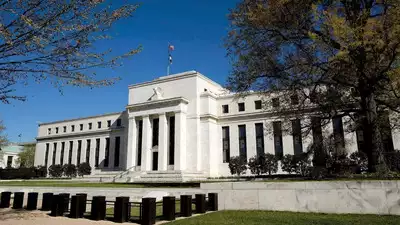Kumar Siddhartha, Pune
The Federal Reserve cut its benchmark interest rate on Wednesday by an unusually large half-point, a sharp turn after more than two years of high rates that helped tame inflation but made borrowing highly expensive for American consumers.
This would be the first rate cut by the Fed in more than four years. The move reflects the Fed’s new focus on bolstering the job market, which has shown clear signs of slowing down. Coming just weeks before the presidential election, the Fed’s move also could scramble the economic landscape just as Americans prepare to vote.
The monetary authority dropped its key rate to around 4.8%, down from a two-decade high at 5.3%, where it had been for 14 months as it failed to halt a record inflation run that has been the worst in four decades. It reduced inflation, from a mid-year peak of 9.1%, to a three-year low of 2.5% in August slightly above the Fed’s 2% target.
The Fed’s policy makers also indicated that they anticipate to reduce their key rate by an additional half-point in their last two meetings this year, in November and December. And they foreseen four more rate cuts in 2025 and two in 2026.
The Fed came closer than ever to declaring victory over inflation in a statement where it’s stated that it “has gained greater confidence that inflation is moving rationally toward 2 percent.” But the central bank believes that inflation will be largely blocked. Meanwhile, many Americans are angry about still-high prices for groceries, gas, rent and other necessities. Former President Donald Trump puts some of the blame on the Biden-Harris administration for setting off an inflationary surge. For her part, Vice President Kamala Harris has countered that even the promise to slap tariffs on all imports would “raise prices even higher for consumers.”.
Fed rate cuts, in the long run, are expected to lower the cost of borrowing on mortgages, auto loans, and credit cards, thus raising the finances of Americans and encouraging spending, in the process boosting growth. They will refinance mortgages at cheaper rates, saving some extra on their monthly payments. Even the already incurred debt on credit cards might shift to lower-cost personal loans or home equity lines. Businesses too may borrow and invest more.
